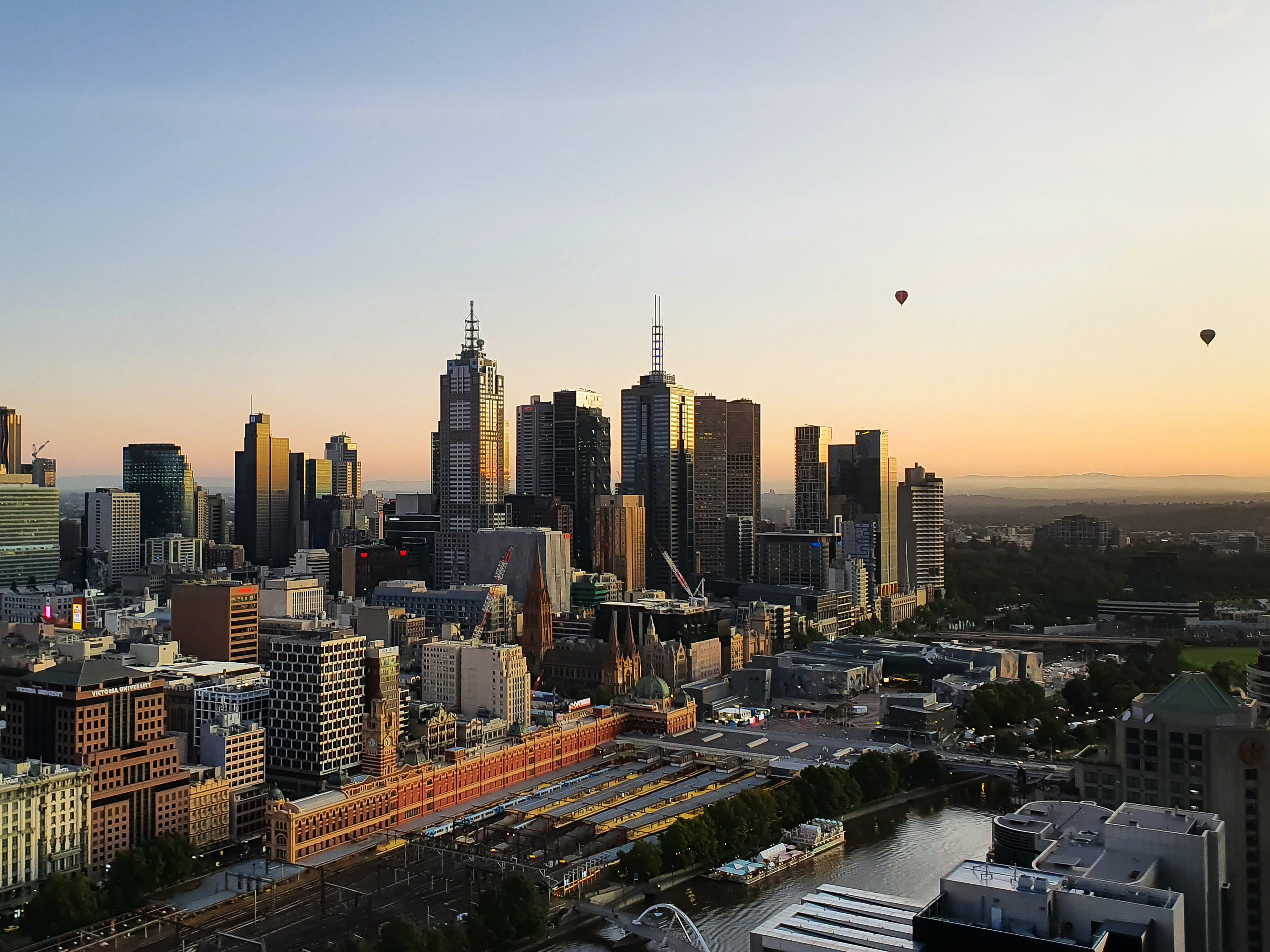All signs point to market recovery
Urban Property Australia have released their Q4 2021 Victorian Property & Economic Outlook, and we’ve dived straight into the belly of the beast to extract exactly what you need to know.
If you want to know more about Melbourne’s commercial landscape, let’s talk.
Point of interest: Melbourne’s industrial market
In Q4 we saw more than $6 billion transacted across the city, exceeding the previous record of $2.5 billion. These are big numbers that tell a compelling story. Vacant industrial space across Melbourne’s markets also decreased through the year as demand outpaced supply, creating a hungry appetite for prime commercial real estate.
This was particularly due to the growth of e-commerce and the underlying strength in the retail and logistics trade, with demand for larger facilities (read: supply chain requirements) at fever pitch. Urban Property research showed that transactional activity was focused on the key precincts in the west and south-east, accounting for 79% of total sales. Offshore purchasers also accounted for 54% of industrial sales in 2021, the highest share of Melbourne sales in a decade.
Point of interest: Melbourne’s office market
In more record-breaking news, the office market has surpassed $1.5 billion for the first time on record, which is almost triple the long-term annual average. Although sales volume increased in the CBD office market, vacancy rates remain high — as they have been since the late 1990s.
Australian institutions accounted for more than half of the volume of Melbourne’s metro offices, while offshore groups made up only 5% of all sales, their lowest figure in a decade. Despite structural changes in traditional working styles due to fluctuating workplace restrictions, yields compressed in this market became more active. Similarly, as Victoria’s unemployment rate continues to fall, the opposite is happening to tenant enquiries and leasing activity.
Point of interest: Melbourne retail market
Victoria’s retail property sector surpassed $2 billion in 2021, rising 25% above the five-year average. This has been bolstered by retail trade growing 8.2% across Victoria and online retail gradually taking a larger share of overall spending with $41 billion spent (an all-time high).
Some of the key players in these retail figures are sub-regional shopping centres, with the transactional volume totalling $650 million over the year — accounting for 30% of total retail property sales. The sector has been sustained by effective management of the pandemic, boosted by the largest stimulus package in Australian history. Research shows that Australians are spending money saved during lockdowns, and with still a growing hesitancy towards travel, these funds are being funnelled straight into retail.
 All signs point to market recovery
Tuesday, 8 February 2022
All signs point to market recovery
Tuesday, 8 February 2022
